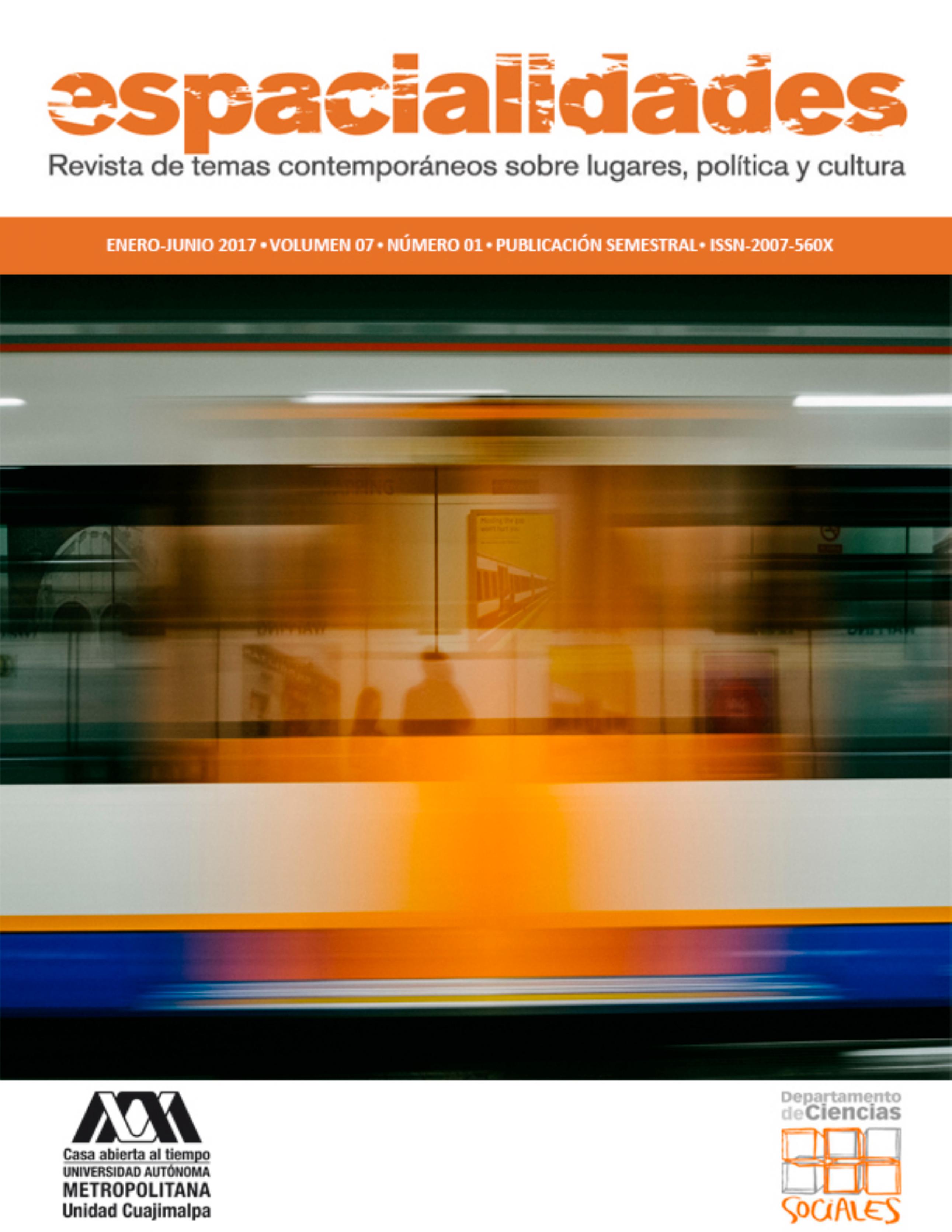The Economic Benefits of The Atoyac Basin’s Restoration in Puebla, Mexico
Main Article Content
Abstract
Unesco reports that more than 80% of sewage in developing countries is discharged untreated; polluting rivers, lakes and coastal areas. This contamination reduces water availability and creates a public health risk. Restoring water resources is far from a priority in developing countries; however, recently emerging countries, such as Mexico, have shown greater concern about the importance of reducing water resource pollution. The Mexican government established the ambitious objective of treating 60% of wastewater for 2012. In this context, the federal and local authorities are assessing a large-scale project for cleanup of the River Atoyac and Dam Valsequillo, which crosses the city of Puebla. This paper presents the results of a large scale Contingent Valuation survey to estimate households’ willingness to pay (WTP) as an input for a cost-benefit analysis. Results confirm that people are concerned and are familiar with the water pollution problem in the area and its consequences. WTP is determined by variables suggested by economic theory; particularly the distance decay effect which provides a validity criterion. Households are willing to pay on average up to 3.3% of their income, while, in fiscal terms, aggregate WTP figures show that authorities could collect the resources necessary to fund this project.

